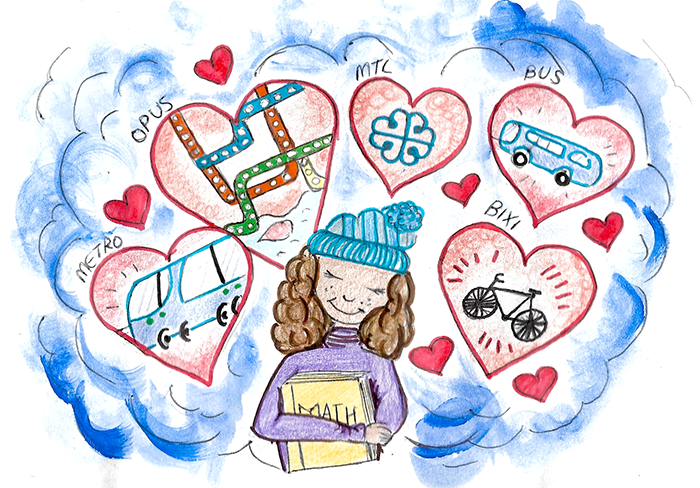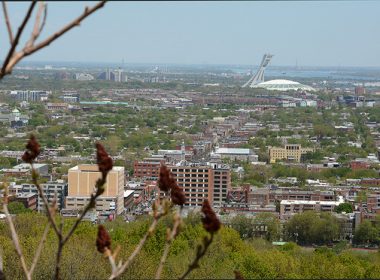On Nov. 19, Montreal mayor Valérie Plante announced, to the outrage of downtown business owners, that the city council has decided to pursue her plan to redesign St. Catherine Street by widening sidewalks to 6.5 metres and reducing traffic to a single lane. This transportation proposal accompanied a host of other initiatives proposed by Plante, such as building a new metro line and banning car traffic on Mount Royal. For Montrealers, especially students, these proposed changes will promote increased accessibility, affordability, and safety in the city. Designing a city that suits the needs of students and youth is designing a city fit for the future.
Despite their clear advantages, Plante’s actions have been met with intense pushback. Opponents of the metro and St. Catherine renovations, including Ensemble Montréal, a municipal political party, and Destination centre-ville, an association representing 8,000 downtown businesses, warn of high costs and reductions in economic activity. However, their fears are unfounded. Numerous cities such as New York, Amsterdam, and Hong Kong have already proven the vast environmental and health benefits of building public infrastructure that favours pedestrians and reduces the need for personal automobiles. What these cities share, and what Montreal is reluctantly moving toward, is a willingness to put people first by focusing on public transit systems and alternative commuting methods. Contrary to what Ensemble Montréal and other opposition groups may claim about the economic dangers of removing parking, research has proven that cities that encourage foot traffic actually see an increase in consumer activity as well as more community interaction.
Designing walkways and bike lanes increases pedestrian and cyclist traffic, lowers obesity rates, and reduces carbon dioxide emissions. Cities like Barcelona, which turned 40-acre grid sections into pedestrian-first neighbourhoods by limiting truck access and speed limits, saw reduced environmental impacts as well as increased economic activity in each section. Looking at cities around the world proves that Montreal still has a long way to go before it can become a leader in innovative city design.
University students are reliant on public transport: 90 per cent of McGill students cite using public transit instead of cars, and many choose to walk or bike to school. For most students, owning a car is infeasible in both cost and convenience. Without reliable transit infrastructure, it becomes impossible for students to get around efficiently and safely. Even after graduating, many students continue to work in major cities and therefore continue to rely on public transit. Millennials’ affinity for public transit has even entered the sphere of popular culture and memes. The Facebook meme group called ‘New Urbanist Memes for Transit-Oriented Teens’ boasts over 127,000 current members. NUMTOTs, the nickname for its members, gather on the Facebook group to share memes and to fantasize about new transportation developments and cities with efficient transit systems. Students, millennials, and even NUMTOTs are examples of how youth are moving toward an efficient future, and city planners should follow suit.
As cities like Montreal continue to grow and cater to a more socially-aware population, it becomes clear that cities will need to adapt to their younger inhabitants. A shift toward communal forms of transportation, rather than individual vehicles, will be necessary to accommodate a growing urban population. The needs of today’s students directly reflect those of tomorrow’s workforce. Only by creating infrastructure with youth in mind can cities continue to thrive in the future.






